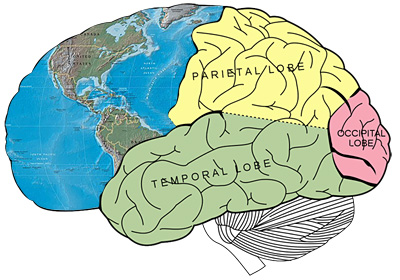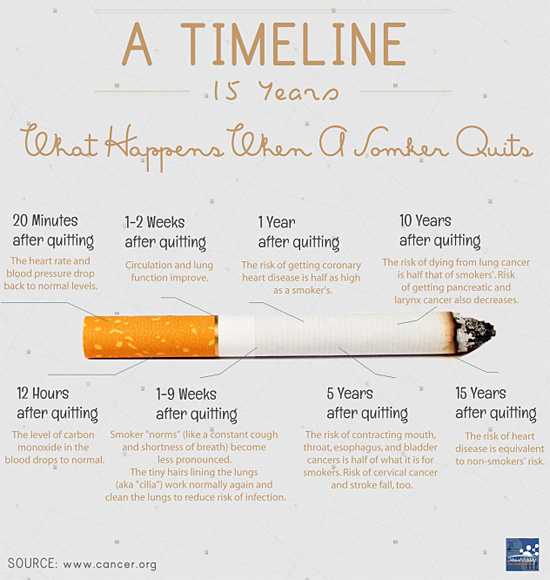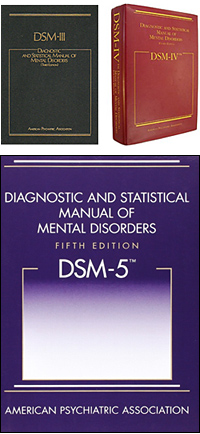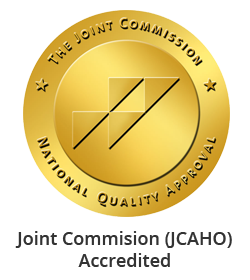In April of 2013, President Obama unveiled a $100 million research effort called the BRAIN Initiative, which stands for Brain Research through Advancing Innovative Neurotechnologies. The goal of this program is to revolutionize the understanding of the human brain, and discover new ways of treating, preventing and even curing complex neural and mental disorders.

One year after the release of the White House’s BRAIN Initiative, two studies were released in the journal Nature. Both are in regard to brain maps that could possibly help scientists understand the differences between healthy and impaired brains.
Dr. Hongkui Zeng, from the Allen Institute for Brain Science in Seattle, is the lead author of one these studies. She helped publish the most detailed brain map ever completed on a mouse. While a mouse’s brain is far from the human brain, the importance in this map is in brain connectivity. The researchers suggest that this map is the first ever to show the detailed connections of neurons in a whole brain of any mammal.
The second study, also at the Allen Institute, explored genetics in the developing human brain. This map shows where various genes are turned on and off in a fetus during pregnancy. Lead author, Ed Lein, says that this information can be used “to pinpoint where a set of genes associated with a disease may have a common action.”
While these advances are encouraging, consider that the developed human brain could have close to a hundred billion neurons. Within that, there are potentially a thousand trillion connections, sending bits of information cell to cell. “The human brain is the most complicated known entity in the universe,” says William Newsome, a Stanford neurobiology professor, and co-chair on the “BRAIN” initiative. He is one of the people tasked with the difficult job of deciphering how to accurately map the human brain.
Current technologies for examining the human brain, such as magnetic resonance imaging (MRI), have come a long way, but are limited. MRI’s can provide some information on how the brain operates, but are not powerful enough to show neurons, much less the connections between them. Some experts suggest that a complete understanding of the brain and its complexities is hundreds of years off.
The announcement of the “BRAIN” initiative focused on disorders such as Alzheimer’s disease, autism, epilepsy, schizophrenia, post-traumatic stress disorder and traumatic brain injury. Because addiction is a disease of the brain, successful brain mapping could provide a better understanding of why some people are prone to alcoholism and substance abuse.
After prolonged abuse of drugs and alcohol, one of the most damaged organs in the body is the brain. Painful withdrawal symptoms from substance abusers are, in fact, related to the brain. Because addiction disrupts the brain’s normal flow of information, those suffering from addiction might interact differently to challenges in everyday life and not even be aware that they’re suffering from a reduced mental capacity.
So advances in neuroscience and brain mapping could potentially lead to better treatment, prevention and care for addiction issues that annually cost the United States a staggering $600 million.








